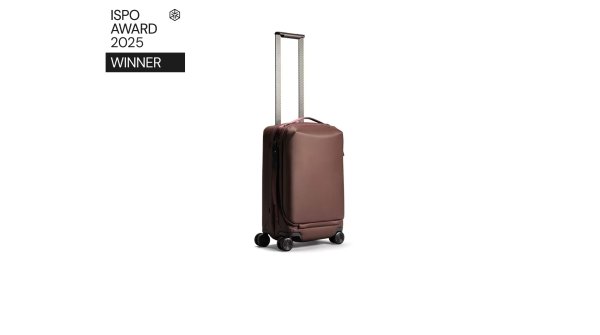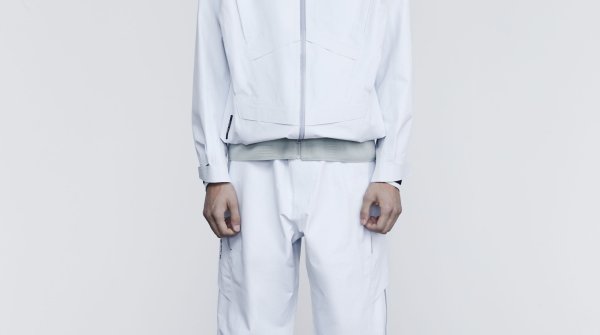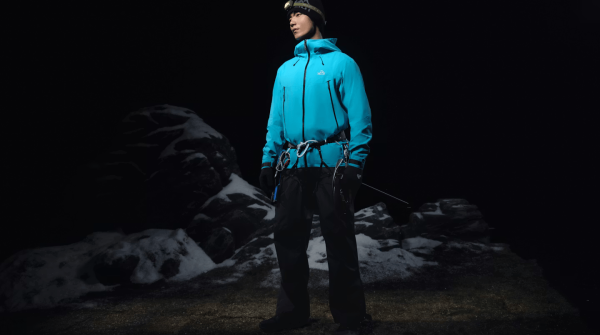
"At home outdoors" is the Jack Wolfskin slogan. And anyone who feels at home outdoors also cares a lot about preserving our nature. Jack Wolfskin has been proving this for many years. The Idstein-based company has developed and implemented numerous pioneering achievements in the field of sustainability - not for a few highlight products but high-volume bestsellers and always designed to question existing processes and improve them sustainably. This includes, for example, the conversion to 100 per cent organic cotton, the phase-out of PFC chemicals, the development of new recycling technologies and the disclosure of the entire supply chain. The most recent achievement: since 2020, numerous Jack Wolfskin products have carried the „Green Button“, a sustainability seal of the German government.
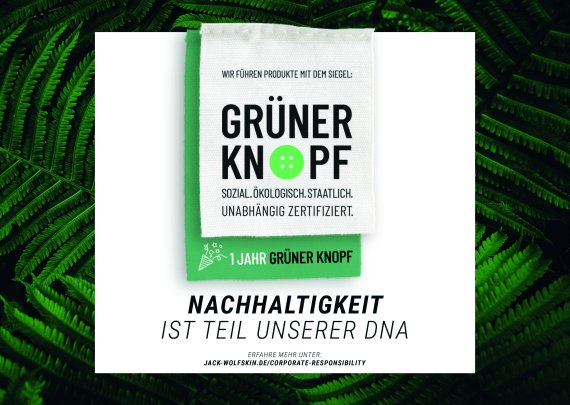
Jack Wolfskin switched all its cotton and cotton blend products to 100 percent organic cotton from certified organic sources in 2013. However, this was just the beginning. Since then, the company has put a lot of energy into sourcing sustainable alternatives for all product categories and raw materials. Aspects such as clean textile chemicals play just as important a role as animal welfare and social responsibility.
If there are no sustainable alternatives yet, Jack Wolfskin develops them itself. With its revolutionary "Texapore Ecosphere" membrane technology, Jack Wolfskin was the first clothing manufacturer to launch weather protection that is 100 percent recycled from cuttings in 2018. The membrane is made according to the zero-waste principle from leftover cuttings in the manufacturing process. This resulted in a fully rainproof jacket made entirely from recycled fabrics with an outer fabric and lining made from 100 percent recycled polyester.
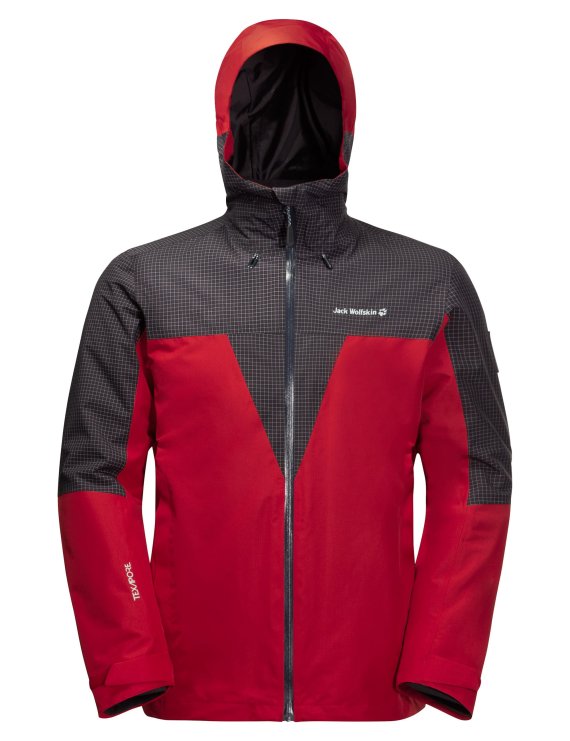
Jack Wolfskin has counted up to 200 factories involved in the creation of a single 3-in-1 jacket - from the spinning mill to the zipper manufacturer to the yarn supplier. The supply chain of technical outdoor products is complex and widely ramified. Above all, however, it is guarded like a secret by most companies. In contrast, since 2014 Jack Wolfskin has been the first company in the industry to publish the entire supply chain, including the degree of implementation of ecological and social standards. By disclosing the audit results and addresses of the sewing factories, the company wants to contribute to more transparency and work together with its partners to enforce fair wages, safe working conditions and appropriate working hours. Each product also carries this transparency: on each label there is a supplier code, with the help of which detailed information on each company can be called up via the website.
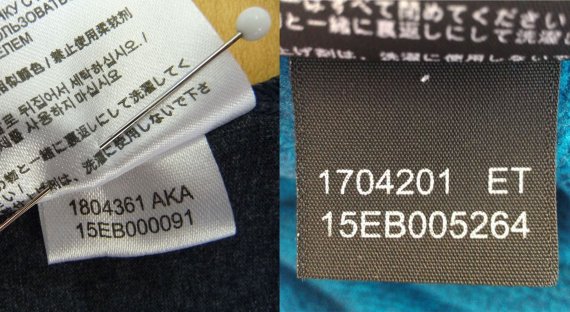
Jack Wolfskin has already been a member of Fair Wear since 2010 (LINK FWF on Ispo.com), an independent, non-profit organisation that works on a broad scale to improve working conditions in the textile and clothing industry. Together with many stakeholders - its member companies, non-governmental organisations (NGOs), employers' and workers' associations in Asia and Europe, and government representatives - it develops meaningful solutions for production sites worldwide. Through consultation, experience sharing and training programmes, it helps to develop, implement and monitor improvement measures.
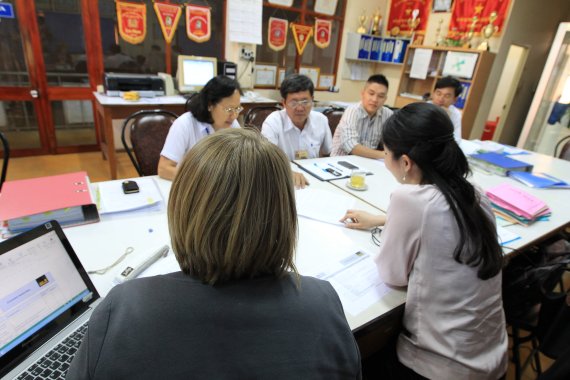
For example, Fair Wear identifies and publishes the progress of joint efforts in its annual Brand Performance Check. Jack Wolfskin's track record is impressive: since the start of Fair Wear Checks in 2014, Jack Wolfskin has achieved Leader status every year, which is the best possible rating.
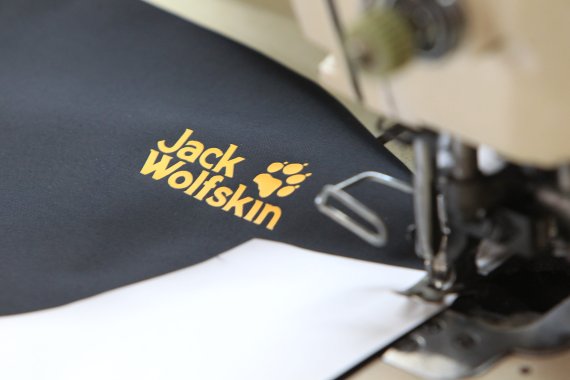
The critical view at Jack Wolfskin is not limited to the product and the supply chain. Jack Wolfskin's sustainability efforts also focus on the company's buildings at its headquarters in Idstein in the Taunus region, the stores, transport routes, packaging, and, last but not least, the working conditions of its employees. To reduce CO2 emissions in all areas, Jack Wolfskin promotes sustainable shop construction, for example. Besides, all company locations in Germany, Austria and Switzerland use exclusively green electricity.

- ISPO awards
- Mountain sports
- Bike
- Design
- Retail
- Fitness
- Health
- ISPO Job Market
- ISPO Munich
- ISPO Shanghai
- Running
- Brands
- Sustainability
- Olympia
- OutDoor
- Promotion
- Sports Business
- ISPO Textrends
- Triathlon
- Water sports
- Winter sports
- eSports
- SportsTech
- OutDoor by ISPO
- Heroes
- Transformation
- Sport Fashion
- Urban Culture
- Challenges of a CEO
- Trade fairs
- Sports
- Find the Balance
- Product reviews
- Newsletter Exclusive Area
- Magazine

